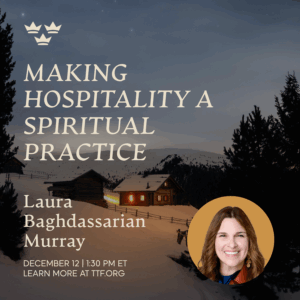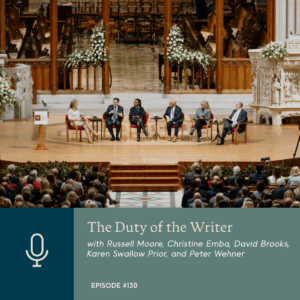Death and dying are once again subjects of intense public attention. During his confirmation hearings, Chief Justice John Roberts was grilled about his views on removing life-sustaining treatments from debilitated patients and warned by various liberal Senators not to interfere with the “right to die.” In California and Vermont, state legislators are working to legalize assisted suicide, while the Bush administration is trying to restrict the practice by prohibiting doctors from using federally-controlled narcotics to end their patients’ lives. All this comes in the aftermath of the bitter fight over Terri Schiavo, a profoundly disabled woman whose husband removed the feeding tube that kept her alive, but only after years of legal battles with Schiavo’s parents and myriad political efforts to stop him.
The Schiavo case revealed deep divisions in how Americans view debility and death. Some saw pulling her feeding tube as an act of mercy, others as an act of murder. Some believed she possessed equal human dignity and deserved equal care despite her total lack of self-awareness; others believed keeping her alive year after year was itself an indignity. For many, what mattered most was discerning “what Terri would have wanted”; for many others, what mattered was loving the needy woman on the television screen, not abandoning her when the burdens of care seemed too great.
Yet the Schiavo case was also highly unusual—involving a young woman, afflicted suddenly, in the prime of her life. In our aging society, most severe disability involves instead the frail elderly, who gradually but inexorably decline into enfeeblement and dementia, often leaving grown children to preside over their extended demise. The greatest challenges involve not only deciding when to let loved ones die, but figuring out how to care every day for those who can no longer care for themselves.
Although growing old is a natural part of being human, the circumstances in which most Americans age and die are increasingly “unnatural” and surely unprecedented. Longer life expectancies and lower birth rates lead to the graying of society; smaller and less stable families weaken the ties that bind. Death comes on the doctor’s watch and in high-tech surroundings, almost always following years of chronic illness, typically preceded by decisions about further medical intervention, increasingly made on behalf of patients incapable of making decisions for themselves. Caregivers often do not know how to honor those who have lost their most human qualities. Thanks to medicine’s prowess in sustaining life on the edge, it is harder than ever to know when it is “time to die.”
Click here to continue reading…

